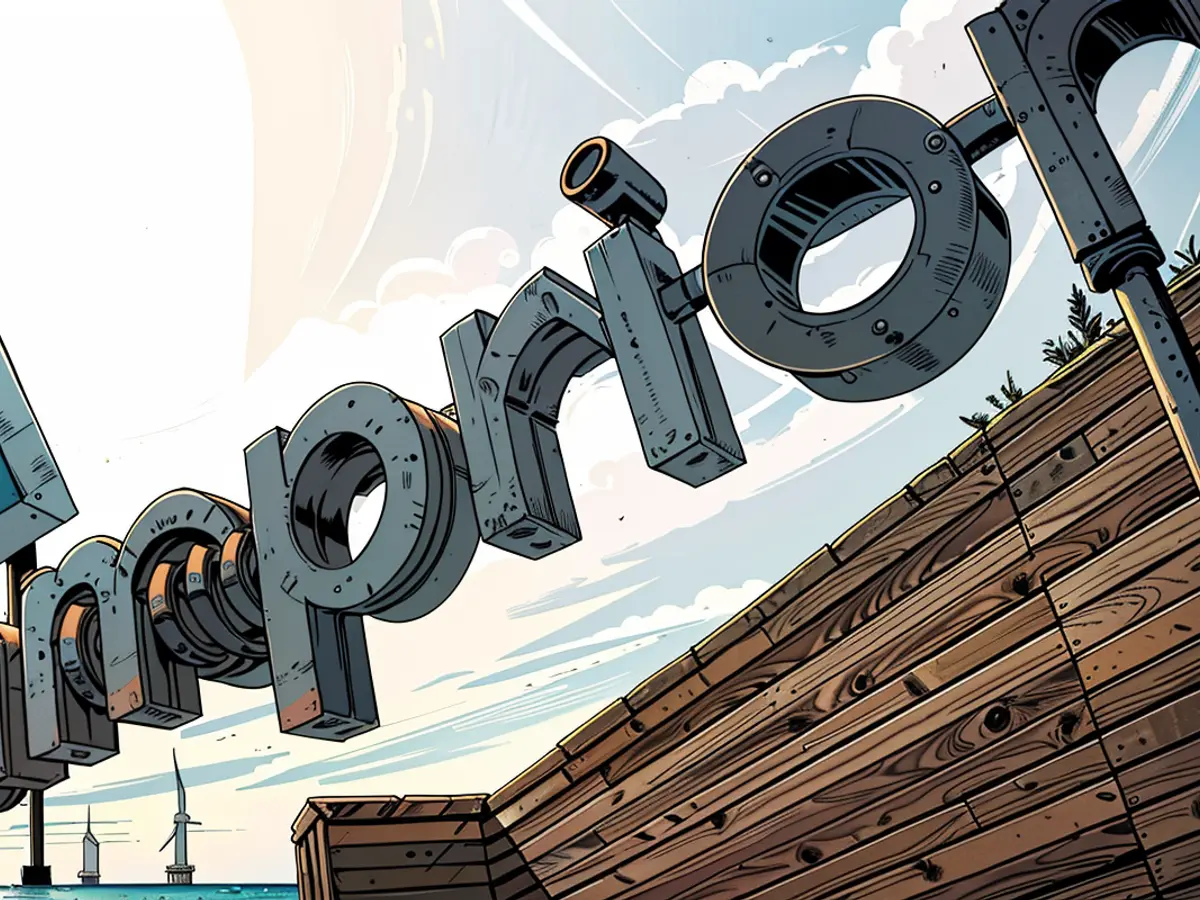- Amprion commences construction preparations for offshore power conversion projects.
Amprion, the grid manager, is now given the go-ahead to construct a converter station in Lingen, Emsland, linking up offshore wind farms in the North Sea. The necessary approval from the commerce bureau in Osnabrück has been granted, according to Amprion's announcement in Dortmund. This happened earlier than anticipated. The anticipated groundbreaking for the Lingen industrial park facility is set for spring next year, with preparations already in motion. Amprion predicts a construction period of roughly two to three years.
The converter station will cater to both offshore power transmission systems, DolWin4 and BorWin4. These power lines are projected to channel up to 1.8 gigawatts of power from North Sea wind farms to the mainland by 2028. This amount of energy is equivalent to the needs of a sizeable metropolis like Hamburg, home to 1.8 million inhabitants.
Cables traverse underneath Norderney
Most of these cables will be laid side by side: Originating from the wind farms, they'll initially cover 60 or 125 kilometers at sea and pass under Norderney. A further 155 kilometers will be installed as underground cables from the coast towards the existing Amprion substation Hanekenfähr near Lingen.
Before being delivered to the power grid, the incoming direct current will be transformed to alternating current in the forthcoming converter station. Direct current has substantially lower loss values than alternating current over long transmission distances. The wind energy is predominantly meant for consumption hubs in western and southern Germany, where renewable energy sources are crucial following the phasing out of nuclear and coal power.
The conversion of direct current to alternating current in the converter station will primarily serve renewable energy consumption in western and southern Germany, as these regions rely heavily on such sources due to the phasing out of nuclear and coal power. The construction of the converter station will enable it to handle power from offshore wind farms, contributing significantly to the renewable energy sector.








